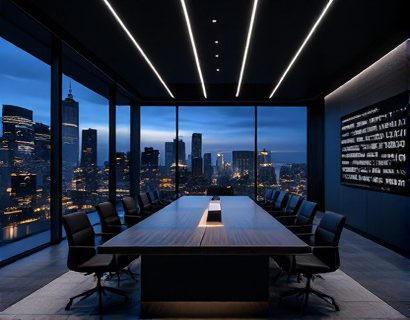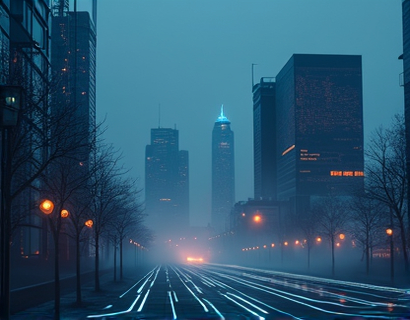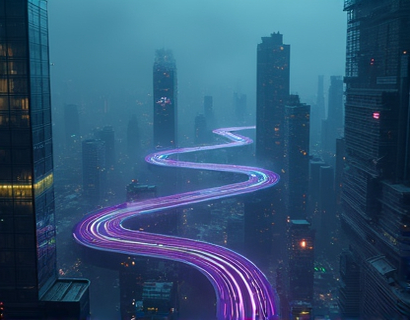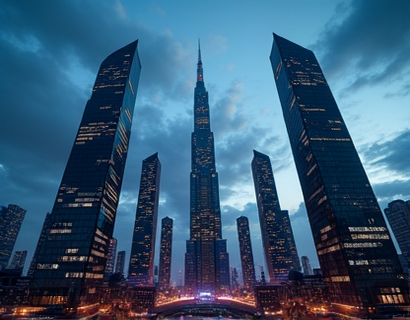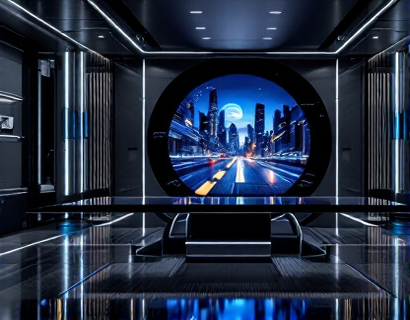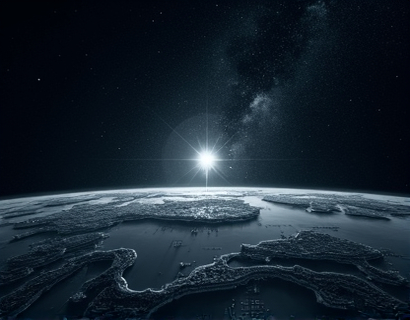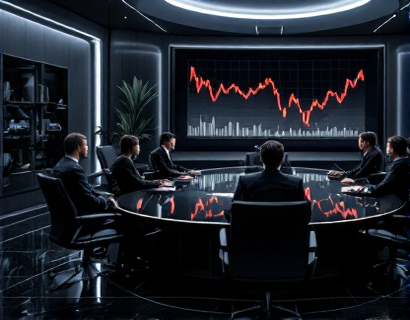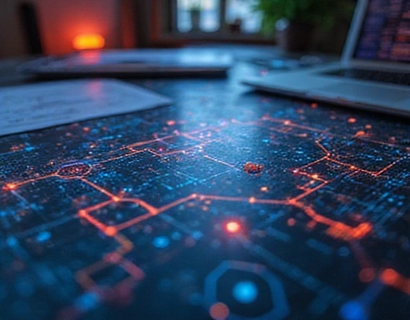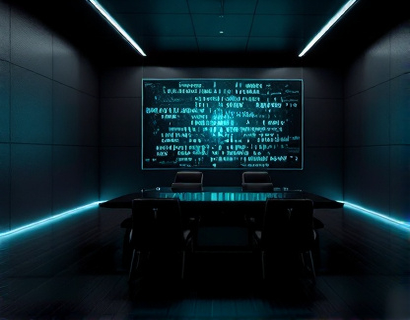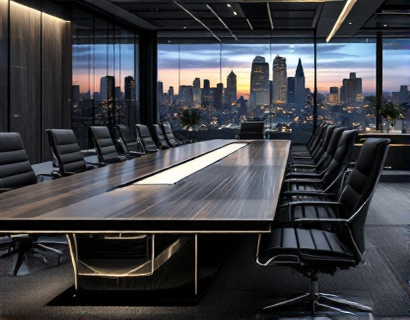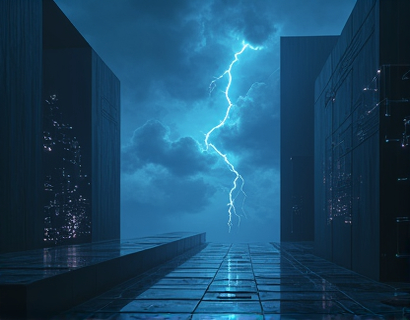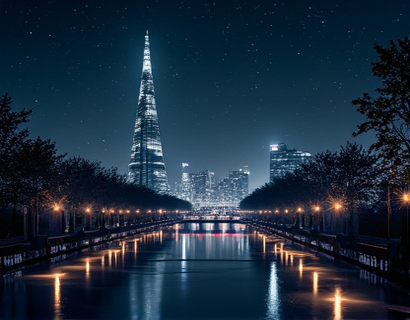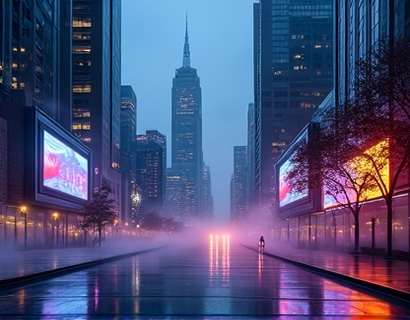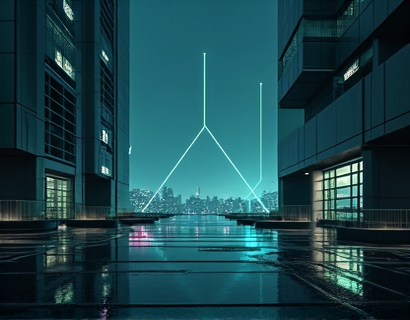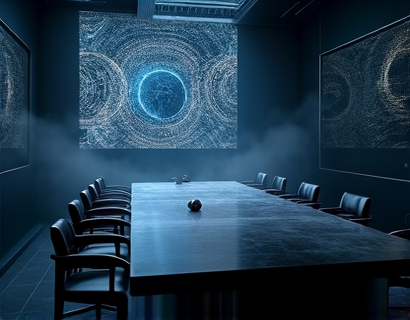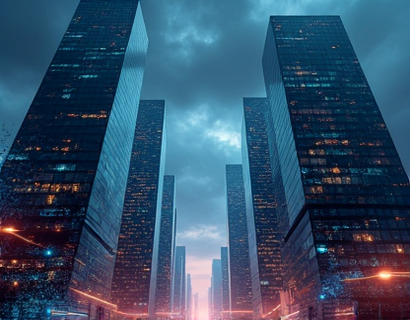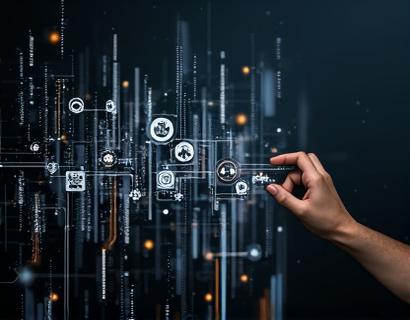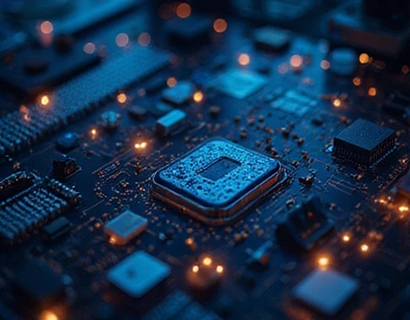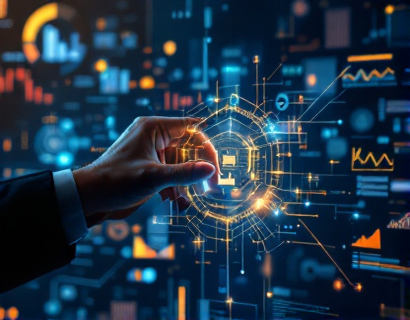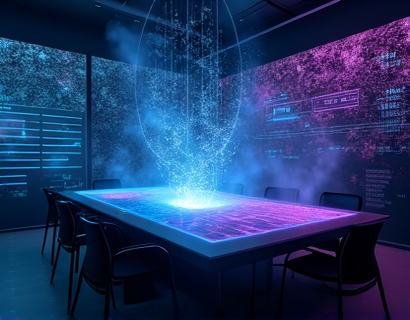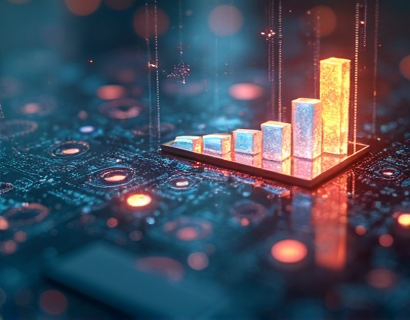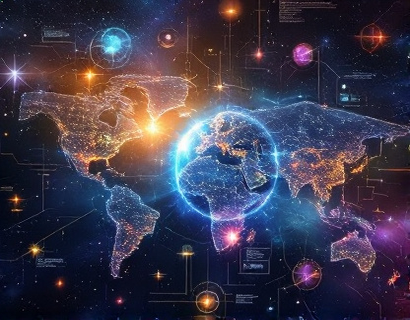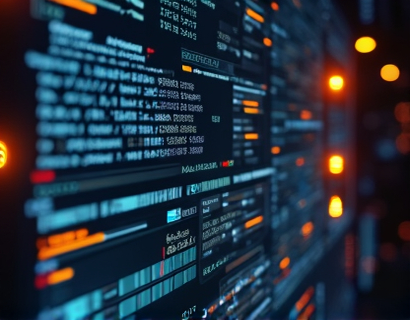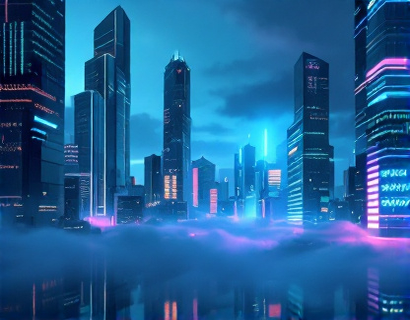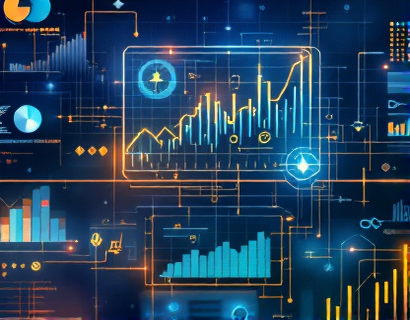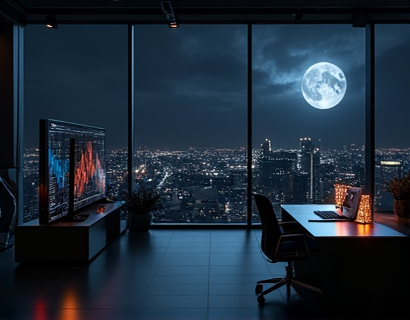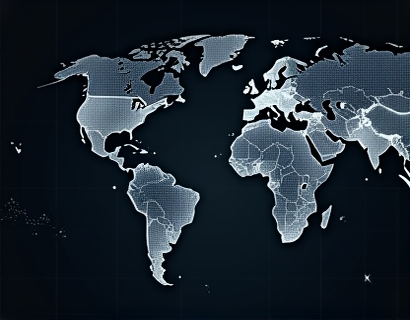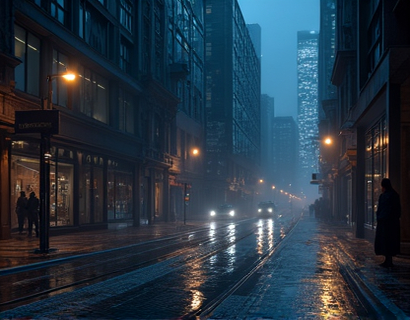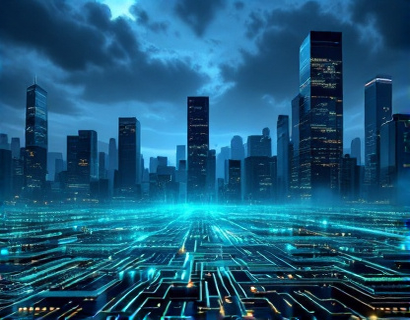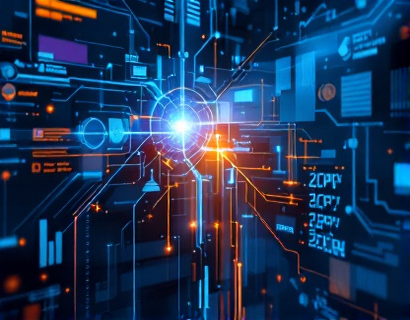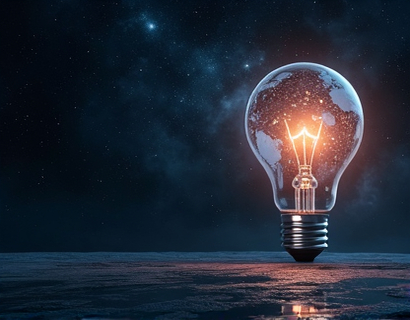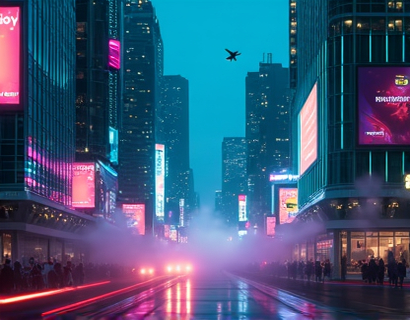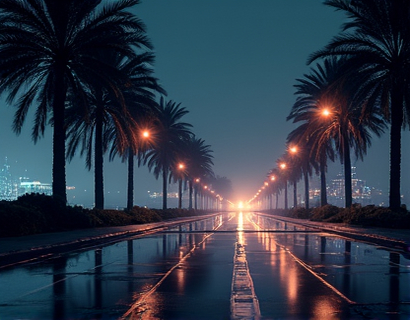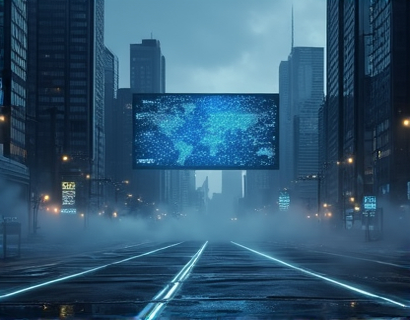Unlocking Creative Genius: Transforming Concepts into Stunning Art with Advanced AI Technology
The intersection of art and technology has given rise to innovative tools that empower creative professionals and businesses to bring their visions to life with unprecedented ease and sophistication. In this era of rapid technological advancement, the ability to transform abstract ideas into tangible, high-quality artwork has become more accessible than ever. This article delves into the transformative power of advanced AI technology in the realm of art creation, exploring how it can revolutionize the way we think about and produce visual content.
The traditional art creation process often involves a series of meticulous steps, from conceptualization to execution. Each phase requires a significant investment of time and skill. However, with the advent of advanced AI platforms, this process is being redefined. These platforms offer an intuitive and seamless experience, allowing artists and businesses to generate stunning, unique artwork with just a few prompts. The integration of AI in art creation is not just a novelty; it's a game-changer that is reshaping the creative landscape.
Understanding the Role of AI in Art Creation
AI technology, particularly in the context of art creation, leverages machine learning algorithms to interpret and generate visual content based on user inputs. These algorithms are trained on vast datasets of artistic styles and techniques, enabling them to understand and replicate a wide range of artistic expressions. The key advantage of using AI in art is its ability to process and generate complex visual data at a speed and scale that is unmatched by human artists alone.
The process begins with the user providing a prompt or description of the desired artwork. This prompt can be as simple as a few words or as detailed as a comprehensive concept. The AI engine then analyzes the input, drawing from its extensive training data to generate a visual representation. The result is a high-quality image that embodies the essence of the user's idea, often exceeding expectations in terms of detail and creativity.
Benefits for Creative Professionals
For artists and creative professionals, AI-powered art generation offers a multitude of benefits. Firstly, it serves as a powerful tool for overcoming creative blocks. When faced with a challenging project or a lack of inspiration, AI can provide fresh perspectives and innovative solutions. By inputting a specific prompt, artists can explore new styles, themes, and techniques that they might not have considered otherwise.
Secondly, AI accelerates the creative process, saving valuable time and resources. Traditional methods of creating artwork can be time-consuming, especially when experimenting with different styles or techniques. AI can generate multiple iterations of an artwork in a fraction of the time, allowing artists to focus on refining and perfecting their pieces.
Additionally, AI tools can democratize access to high-quality art creation. Artists with varying levels of skill and experience can use these platforms to produce professional-grade artwork. This level of accessibility is particularly beneficial for emerging artists who may not have the resources or experience to create complex pieces on their own.
Benefits for Businesses and Brands
Businesses and brands stand to gain significantly from AI-powered art generation as well. In today's competitive market, visual content is crucial for capturing attention and conveying brand identity. However, creating unique and high-quality visuals can be a daunting task, especially for small businesses with limited design resources.
AI platforms provide an affordable and efficient solution for generating custom visuals. Brands can input their specific requirements, such as color schemes, themes, and messaging, and receive tailored artwork that aligns with their identity. This capability is particularly useful for marketing materials, social media content, and branding elements, where consistency and quality are paramount.
Moreover, AI-generated artwork can help businesses stay ahead of trends. The ability to quickly generate and iterate on designs allows brands to adapt to changing market dynamics and consumer preferences. This agility is crucial in maintaining a competitive edge and ensuring that visual content remains fresh and engaging.
The Creative Process with AI
The creative process with AI is both intuitive and flexible. Users start by inputting their prompts, which can range from simple keywords to detailed descriptions. The AI engine processes this information, analyzing the context and intent behind the prompt. It then synthesizes this data to generate a visual representation that captures the essence of the user's vision.
The generated artwork is often presented in a high-resolution format, ready for use in various applications. Users can further refine the output by adjusting parameters such as style, color, and composition. This iterative process allows for a high degree of customization, ensuring that the final piece meets the user's specific needs and preferences.
One of the most compelling aspects of AI in art creation is its ability to blend different artistic styles and techniques. Users can draw inspiration from various movements and artists, combining elements to create something entirely new and unique. This fusion of styles opens up endless possibilities for creativity and innovation.
Case Studies and Real-World Applications
To better understand the practical applications of AI in art creation, let's explore a few real-world scenarios. In the advertising industry, a marketing agency needed to create a series of social media posts for a new product launch. Using an AI platform, they inputted the product's key features, target audience, and desired emotional tone. The AI generated a set of visually appealing images that not only highlighted the product's benefits but also resonated with the target demographic.
In the fashion industry, a designer used an AI tool to experiment with different fabric patterns and color combinations for an upcoming collection. By inputting specific design parameters, the AI produced a range of unique patterns that the designer could then refine and incorporate into her collection. This process significantly reduced the time and effort required to develop new designs, allowing her to focus on other aspects of the collection.
In the realm of digital art, an illustrator used an AI platform to create a series of concept art pieces for a video game. The AI generated a variety of styles and compositions based on the illustrator's descriptions, providing a rich source of inspiration. The illustrator was able to select and refine the most promising concepts, ultimately creating a cohesive and engaging visual narrative for the game.
Challenges and Considerations
While the benefits of AI in art creation are undeniable, there are also challenges and considerations to keep in mind. One of the primary concerns is the potential loss of human touch and emotional depth in AI-generated artwork. While AI can mimic styles and techniques, it may lack the nuanced emotional expression that a human artist can convey. However, this does not diminish the value of AI in the creative process; rather, it highlights the importance of human oversight and collaboration.
Another consideration is the quality and diversity of the training data used by AI algorithms. The accuracy and creativity of the generated artwork depend heavily on the quality of the data. Ensuring that the training data is diverse and representative of various artistic styles and cultures is crucial for producing inclusive and innovative results.
Additionally, there is the issue of intellectual property and copyright. As AI-generated artwork becomes more prevalent, questions about ownership and rights become increasingly important. Clear guidelines and regulations are needed to protect the interests of both AI developers and users.
The Future of AI in Art Creation
The future of AI in art creation is promising and full of potential. As technology continues to advance, we can expect even more sophisticated and intuitive AI tools that further bridge the gap between human creativity and machine efficiency. The integration of AI with other emerging technologies, such as augmented reality and virtual reality, will open up new frontiers for artistic expression and interaction.
Artists and businesses will have access to more powerful and user-friendly platforms, making AI-generated artwork an integral part of the creative process. The collaboration between human creativity and AI will lead to new forms of art that combine the best of both worlds, pushing the boundaries of what is possible.
In conclusion, advanced AI technology is transforming the way we create and experience art. By providing an intuitive and seamless platform for generating high-quality, unique artwork, AI is empowering creative professionals and businesses to bring their visions to life with unprecedented ease. As we continue to explore and harness the potential of AI in art, the future looks bright for those who embrace this revolutionary technology.



